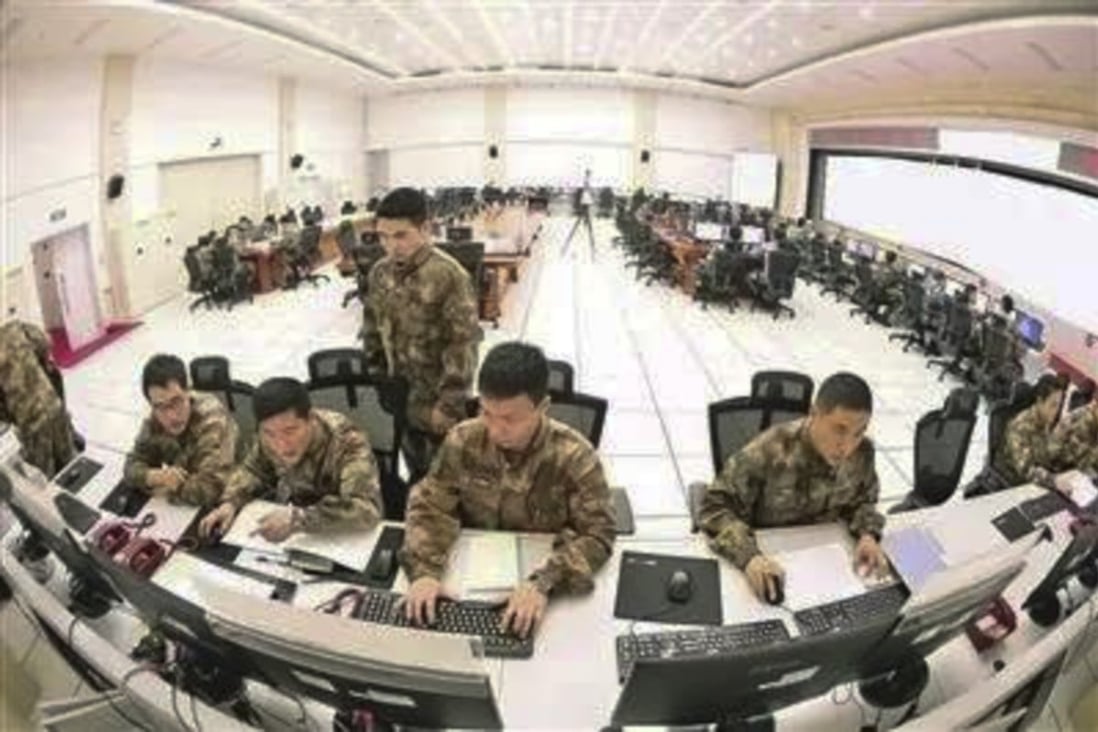DAVID S G GOODMAN

Public protests in China related to the government’s Covid-19 restrictions have hit the news worldwide over the weekend, following a fatal apartment fire in Urumqi, Xinjiang last week which killed ten people.
Many internet users claimed some residents could not escape because the apartment building was partially locked down, though authorities denied this.
There have been reports some demonstrators have called for President Xi Jinping, the newly re-elected General Secretary of the Communist Party of China, to stand down. Others have criticized the rule of the party itself.
China’s Covid measures are among the strictest in the world, as it continues to pursue lockdowns to suppress the virus – what it calls a “dynamic zero Covid” policy.


:quality(100)/cloudfront-us-east-1.images.arcpublishing.com/thesummit/JA5HAHLCMRDJ7LTHMDKGBJD37Y.jpg)




:quality(100)/cloudfront-us-east-1.images.arcpublishing.com/thesummit/OMSBI52GKJCMFPWQRQZFRHUMPI.jpg)




